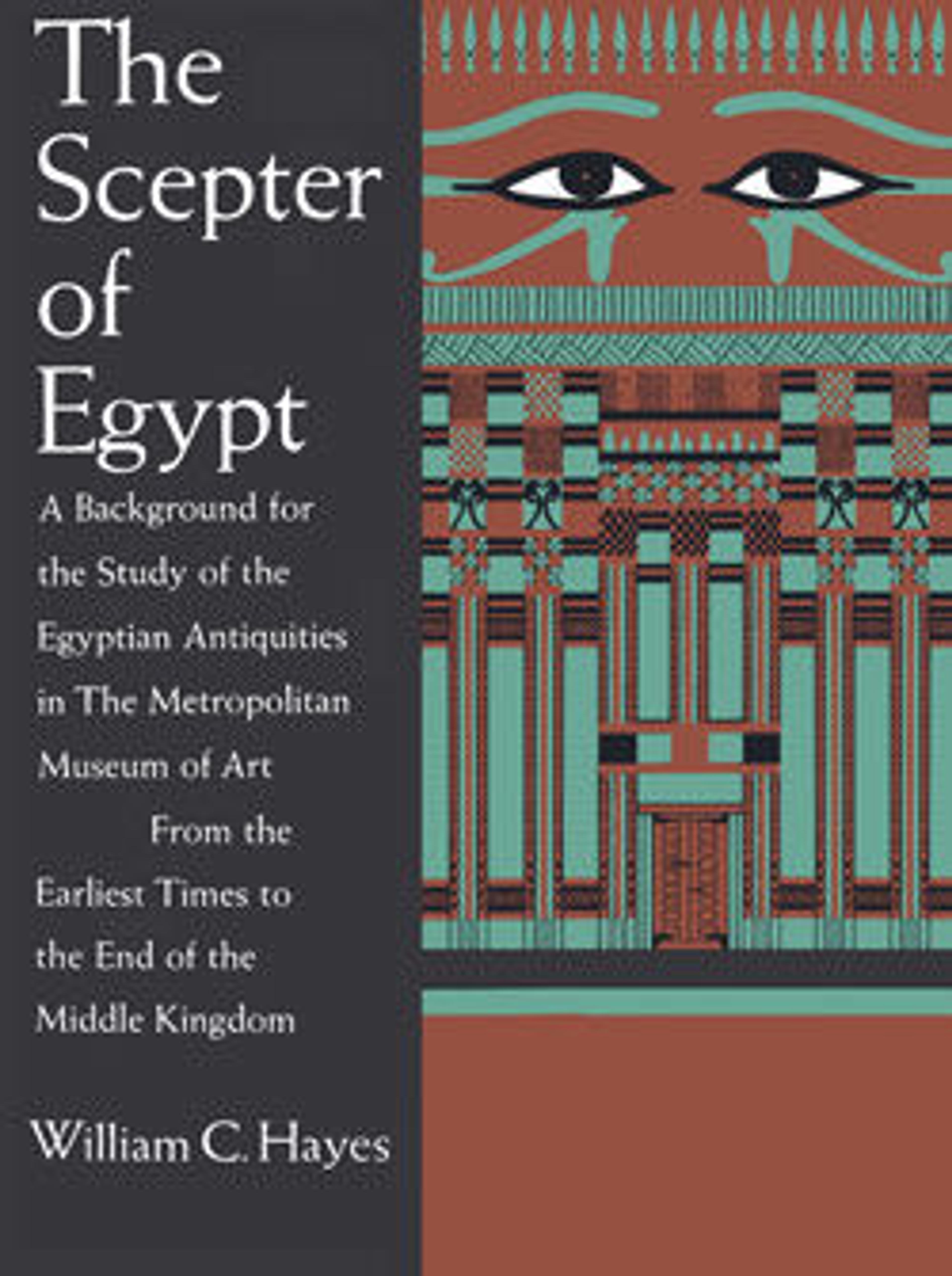Magic knife fragments
Magical wands are typically found in Middle Kingdom burials. Many are decorated with incised figures of protective demons and deities, and inscriptions refer to the protection of children. Some show traces of wear on the tips. It has been suggested that these were instruments used in magic performances aimed at the protection of children. As parts of burial equipments they would then have served to procure rebirth for the deceased.
The three fragments of this magical wand were found in shaft tomb 466 at Lisht North. In the same thoroughly plundered shaft system was also found a statuette, now in the Egyptian Museum, Cairo (JE 45245, published Bulletin of the Metropolitan Museum of Art 10, October 1914, p. 200 with fig. 8 on p. 217). This statuette can be dated on the evidence of its inscription to Dynasty 13, and some pottery vessels from the same shaft are from the same late Middle Kingdom period. Two kohl jars (for one of them see 22.1.849), however, also from the same shaft system are of early 12th dynasty date. These may either be heirlooms included in the late Middle Kingdom burials, or burials in the shaft system, which comprised three chambers, extended over a considerable time. Since all objects were discovered scattered throughout the debris filling the shaft and chambers, it can no longer be determined whether the the magical wand was originally associated with the statuette or the kohl pots and its date is, therefore, not entirely certain.
The three fragments of this magical wand were found in shaft tomb 466 at Lisht North. In the same thoroughly plundered shaft system was also found a statuette, now in the Egyptian Museum, Cairo (JE 45245, published Bulletin of the Metropolitan Museum of Art 10, October 1914, p. 200 with fig. 8 on p. 217). This statuette can be dated on the evidence of its inscription to Dynasty 13, and some pottery vessels from the same shaft are from the same late Middle Kingdom period. Two kohl jars (for one of them see 22.1.849), however, also from the same shaft system are of early 12th dynasty date. These may either be heirlooms included in the late Middle Kingdom burials, or burials in the shaft system, which comprised three chambers, extended over a considerable time. Since all objects were discovered scattered throughout the debris filling the shaft and chambers, it can no longer be determined whether the the magical wand was originally associated with the statuette or the kohl pots and its date is, therefore, not entirely certain.
Artwork Details
- Title:Magic knife fragments
- Period:Middle Kingdom
- Dynasty:mid to late dynasty 13
- Date:ca. 1750–1640 B.C.
- Geography:From Egypt, Memphite Region, Lisht North, South of the Tomb of Senimeru (470) below House A2:1,south cemetery, Pit 466, MMA excavations, 1913–14
- Medium:Ivory
- Dimensions:a): L. 9.4 × W. 4.2 × Th. 0.9 cm (3 11/16 × 1 5/8 × 3/8 in.); b): L. 3.5 × W. 5.4 × Th. 0.9 cm (1 3/8 × 2 1/8 × 3/8 in.); c): L. 5.2 × W. 4.6 × Th. 0.7 cm (2 1/16 × 1 13/16 × 1/4 in.)
- Credit Line:Rogers Fund, 1915
- Object Number:15.3.167a–c
- Curatorial Department: Egyptian Art
More Artwork
Research Resources
The Met provides unparalleled resources for research and welcomes an international community of students and scholars. The Met's Open Access API is where creators and researchers can connect to the The Met collection. Open Access data and public domain images are available for unrestricted commercial and noncommercial use without permission or fee.
To request images under copyright and other restrictions, please use this Image Request form.
Feedback
We continue to research and examine historical and cultural context for objects in The Met collection. If you have comments or questions about this object record, please contact us using the form below. The Museum looks forward to receiving your comments.
